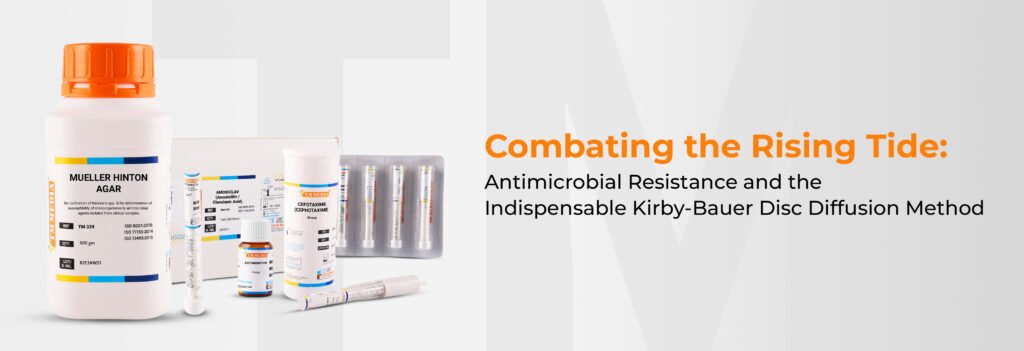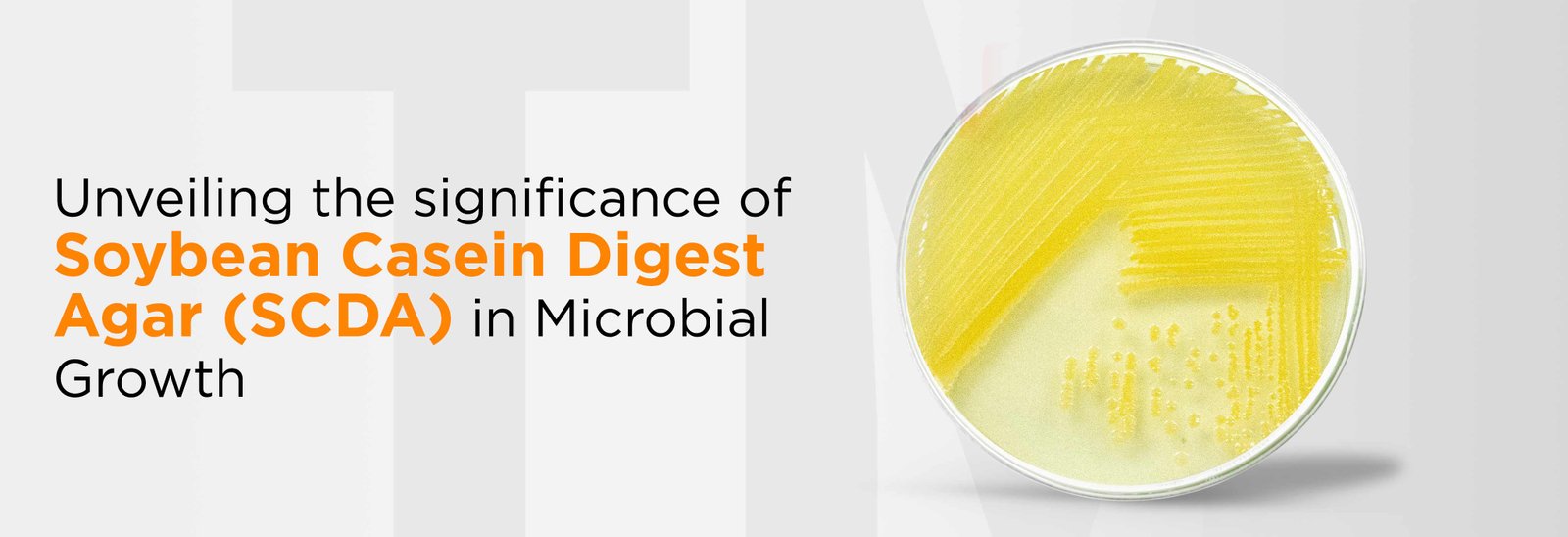

The specter of antimicrobial resistance (AMR) hangs over modern medicine. Antibiotics – once a miracle are losing their power as bacteria evolve sophisticated evasive mechanisms to the effects of the drugs. In such a critical battle, microbiologists have a tough role to play in guiding effective treatment strategies. This blog post delves into an indispensable Kirby-Bauer disc diffusion (KBD) method, a cornerstone technique for AST.
The Clinical and Laboratory Standards Institute (CLSI) -standardized KBD technique, is a proven, inexpensive, and universally applied method for evaluating the susceptibility of bacteria to a range of antimicrobials. Here’s a step-by-step overview of the KBD procedure:
Technical details
KBD Method and AMR Resistance Battle
This would provide information for proper selection of antibiotics for targeted therapy, improving patients’ outcomes and curbing the emergence of resistant strains. The KBD method can identify resistant bacteria, allowing clinicians to have alternative therapeutic strategies and public health authorities to monitor their emerging trends.
TM Media recognizes the important position played by the professional microbiologists in the health care system. We are one of the premier manufacturer of Culture Media, CLSI approved Antibiotic Sensitivity Discs, Laboratory Consumables and Equipment’s designed to meet the specific requirements for the professional microbiologists.
Conclusion:
The KBD method remains an indispensable tool in the fight against AMR. Its simplicity, cost-effectiveness, and reliability make it a staple in the world’s clinical microbiology laboratories. Microbiologists utilizing this technique are key to improved patient care and global efforts to counter the challenge of AMR.
Stay tuned for more blogs.

We are thrilled to announce that TM Media has been recognized as the LeadingBiotechnology Company at the prestigious 6th Elets...
Read More
Think of a field as a big garden where tiny superheroes, called microbes, work behind the scenes. They’re not just...
Read More
Maintaining the highest standards of quality and safety is paramount in pharmaceutical manufacturing. Strict adherence to current good manufacturing practices...
Read More
Potato Dextrose Agar (PDA) is a widely utilized medium in microbiology, specifically designed for the isolation and enumeration of yeasts...
Read More
In the complicated world of microbiology, where precision and reliability are of utmost importance, Soybean Casein Digest Agar (SCDA) stands...
Read More